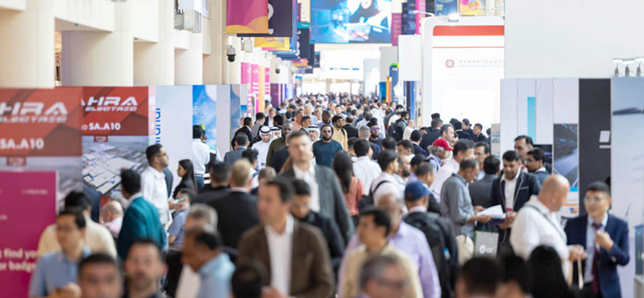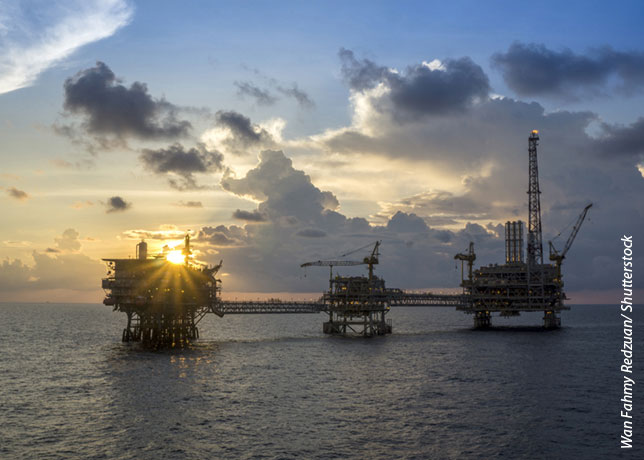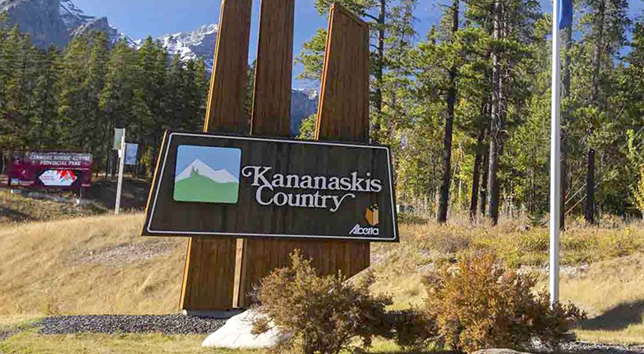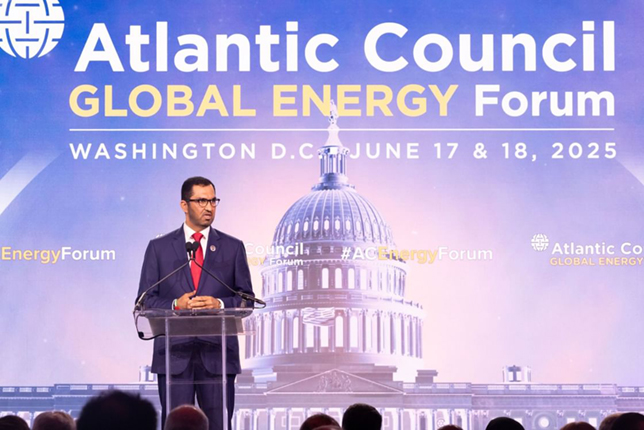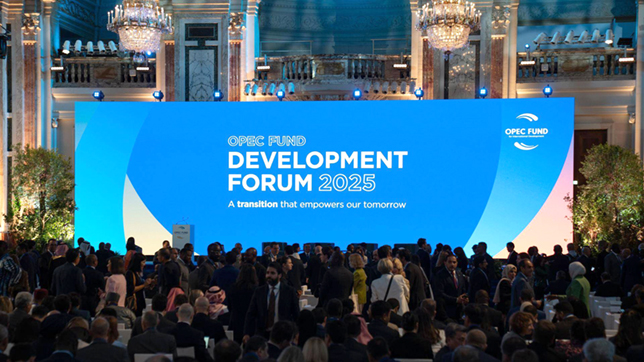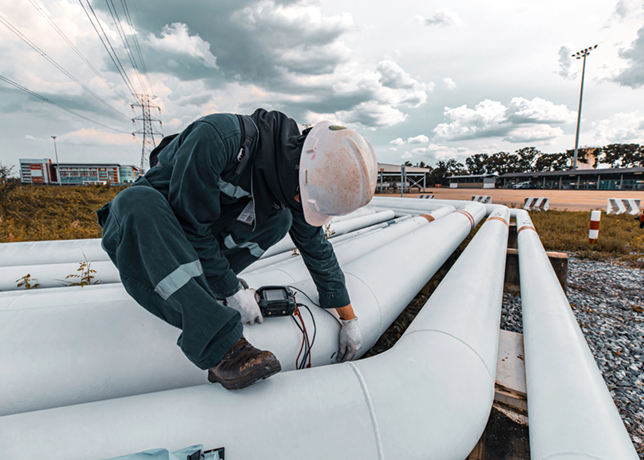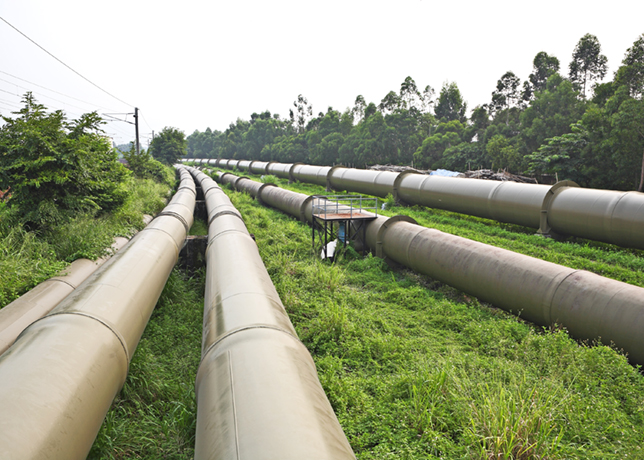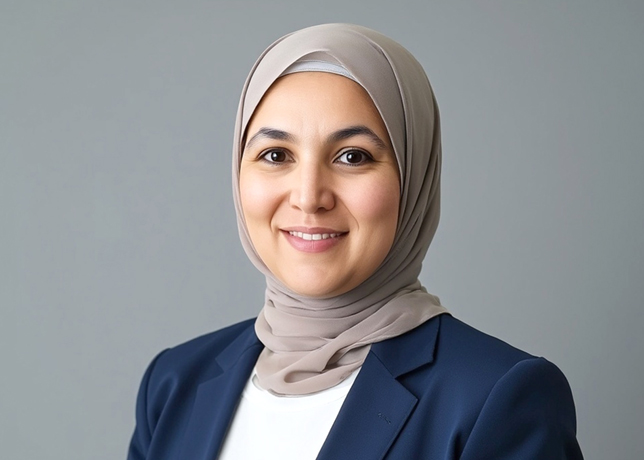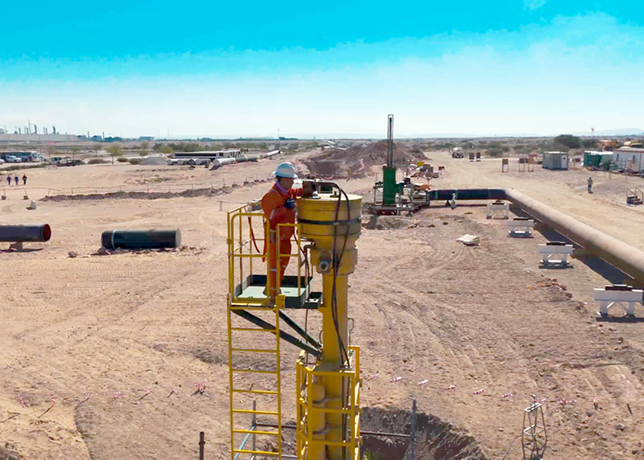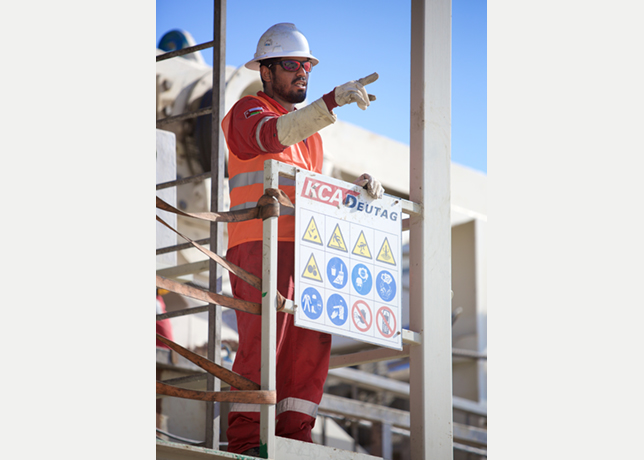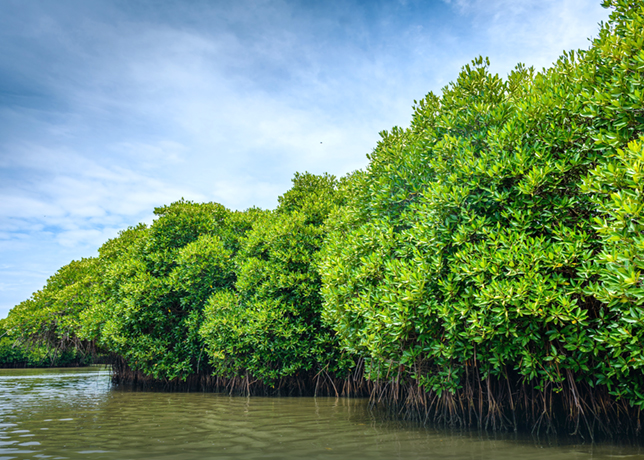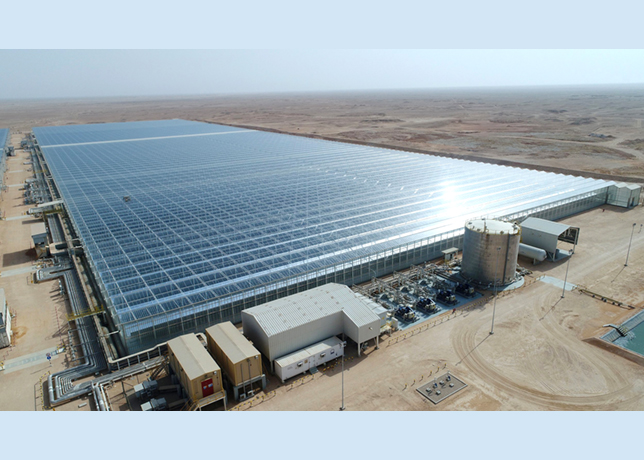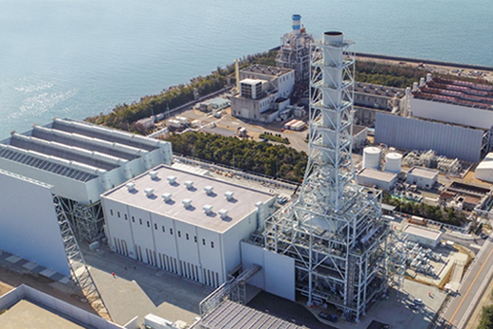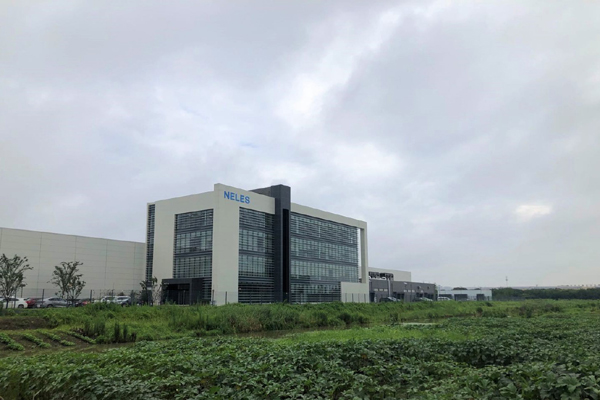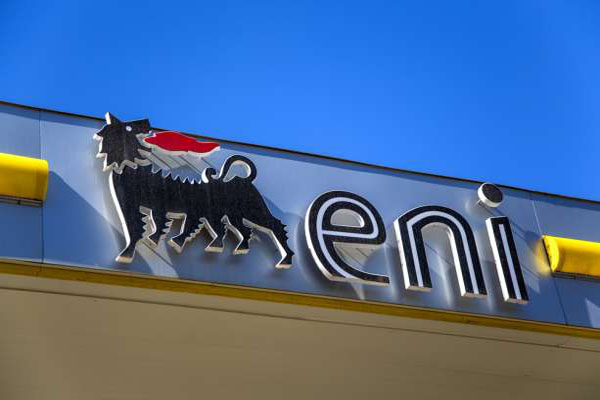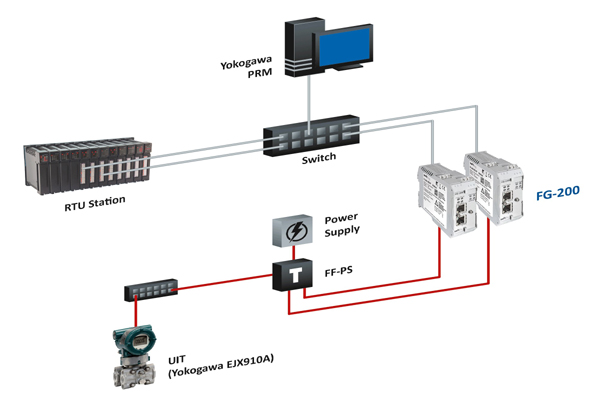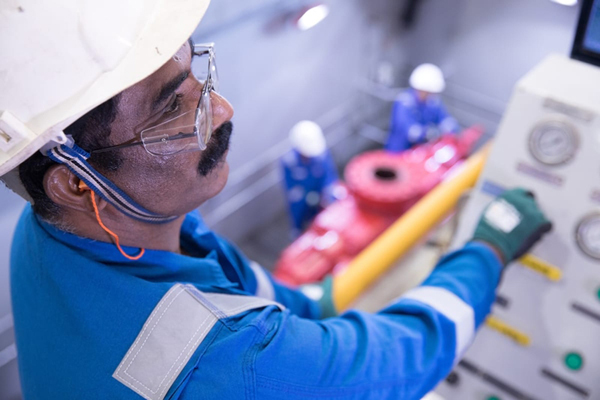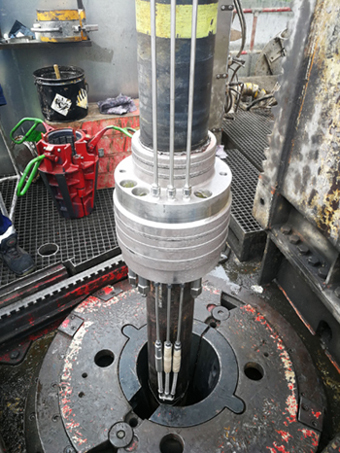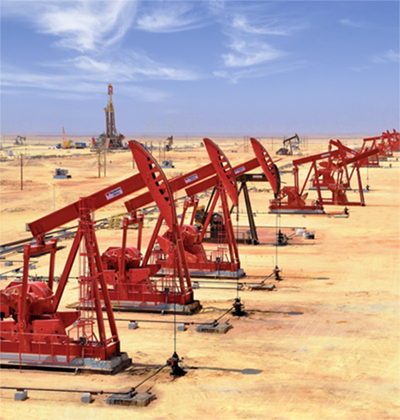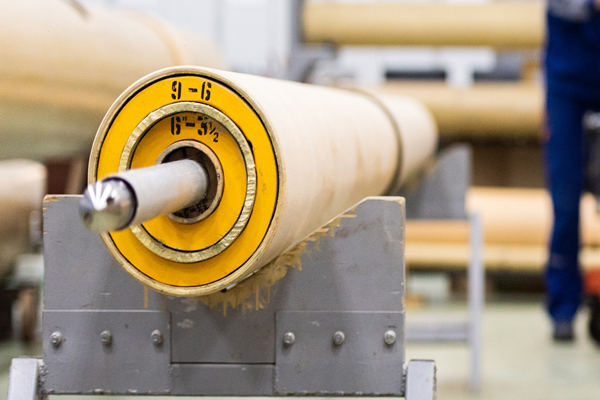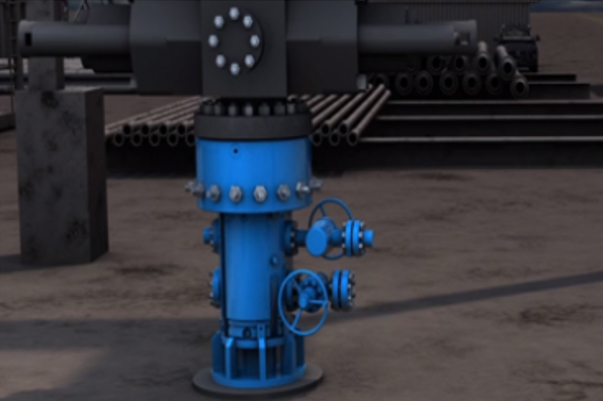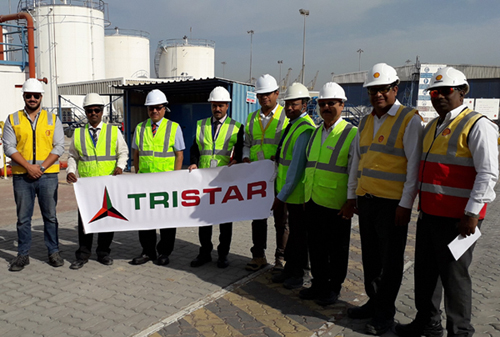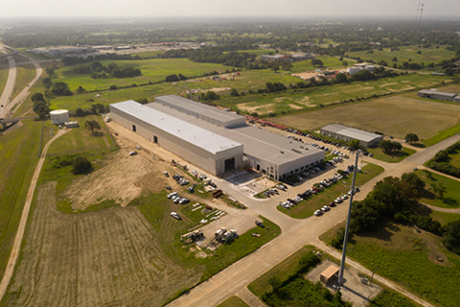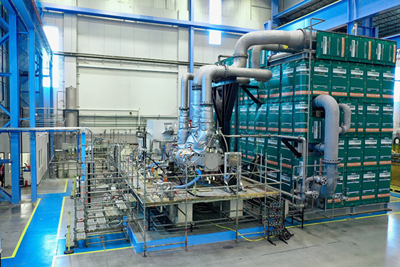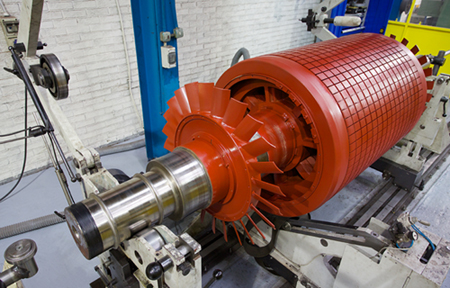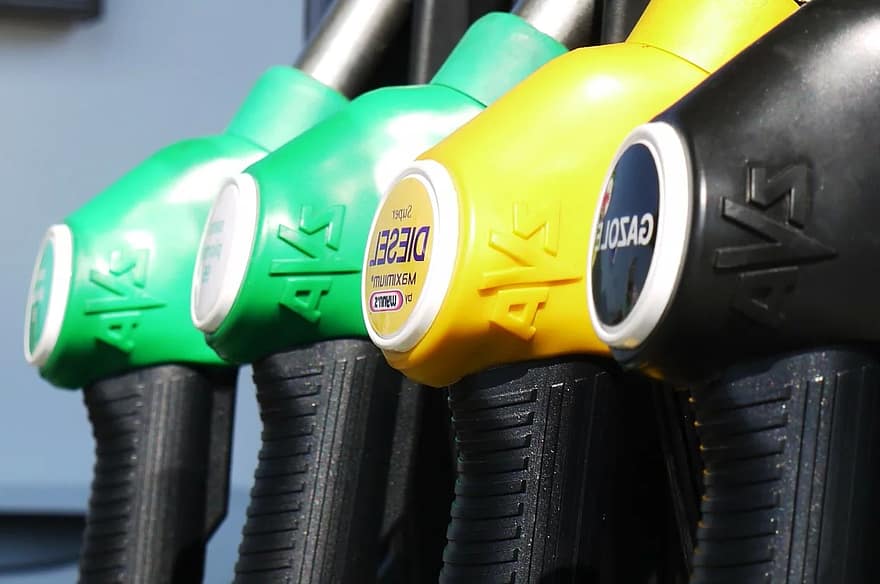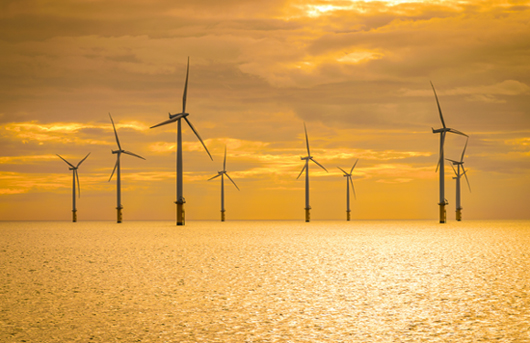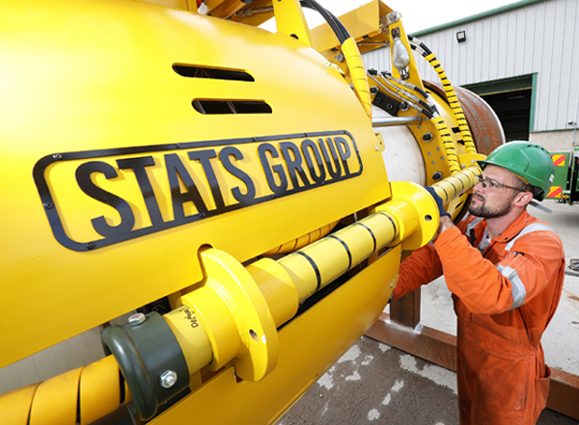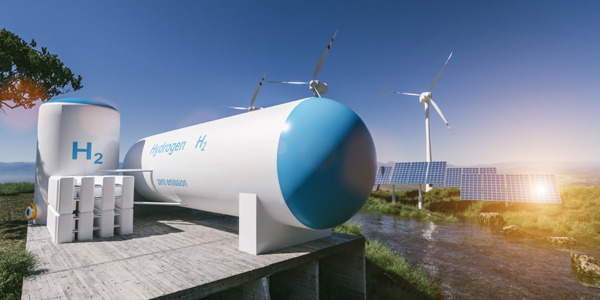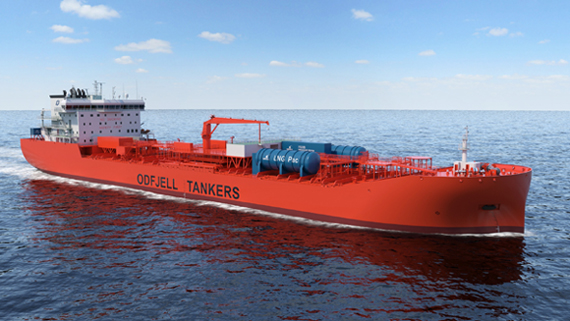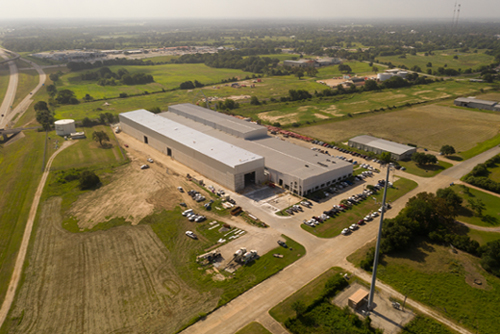
Abdulaziz F Al-Khayyal, Saudi Aramco’s Senior Vice President of Refining, Marketing and International, examined the global refining industry’s response to the current refining boom and charted a course for the industry’s future that focuses on balancing supply and demand to avoid market turmoil in a speech at the Oil & Money Conference, .
Al-Khayyal said that an examination of the refining industry’s trajectory must start with a look at future oil demand.
“The broadly held view in the industry,” Al-Khayyal said, “and one that we at Saudi Aramco share, posits continued healthy growth in demand, rising from about 85 million barrels per day at present to around 120 million bpd by 2030.”
Al-Khayyal pointed out that most of that demand growth will come from non-OECD countries, China and India in particular.
The lion’s share of incremental growth will come from the transportation sector, Al-Khayyal said, with Europe, the US and Asia all exhibiting unique traits with regard to their diesel-gasoline mix requirements.
The common factor among them all, however, is that their mixes are unlikely to change anytime soon, even with the advent of new technologies.
Al-Khayyal said that one of the most important factors that will shape the refining industry’s future investments is the increasingly heavy, sour crude slate that will become prevalent over time.
“There is no question that over time, the global supply mix will become heavier and more sour; what is at issue is the rate at which that shift will occur,” Al-Khayyal contended, noting that the Middle East crudes tend toward heavier, sour grades, as do Venezuelan and Mexican crudes.
“If supplies from outside [the Middle East] hold steady or exhibit growth,” he said, “the move toward heavier and sourer crude will be more gradual.”
But, Al-Khayyal pointed out, demand for light products and an abundance of heavier, sour barrels highlights the lack of hardware needed to process the heavier crude, even as the global share of these grades grows.
“The only way to bridge that gap is by building additional conversion capacity,” Al-Khayyal said.
With these factors – the increasing abundance of heavy, sour crudes even as demand increases for lighter, cleaner fuels – as background, Al-Khayyal said that there are three views about what could unfold for the future of the refining business.
The first is that refining margins – though healthy now – will continue their generally downward trend to their historically low levels, and that this will be exacerbated by the current push to increase capacity.
The second scenario is that product demand growth worldwide will remain strong, and that capacity will increase only enough to keep up with demand, while avoiding over-capacity that has characterized the industry in the past.
The third scenario, Al-Khayyal said, is that consuming nations with high demand growth will invest aggressively in refining, exporting surplus products until their own demand growth catches up to their production.
Regardless of the scenario, however, Al-Khayyal said that a new paradigm in where to locate the new refining capacity is emerging.
“In the future, consuming nation investments will continue,” he said, “but these will be concentrated in developing countries where the majority of incremental demand growth is expected to occur.”
Oil producing countries, he added, will also build export-oriented refineries on their own shores, creating jobs and providing opportunities for petrochemical integration, among other benefits.
“Saudi Aramco’s refining strategies reflect aspects of all of those trends,” Al-Khayyal said. “And, in conjunction with other investors, we are pursuing a number of major refining opportunities both in the Kingdom and in various overseas markets, including the US and Asia.”











